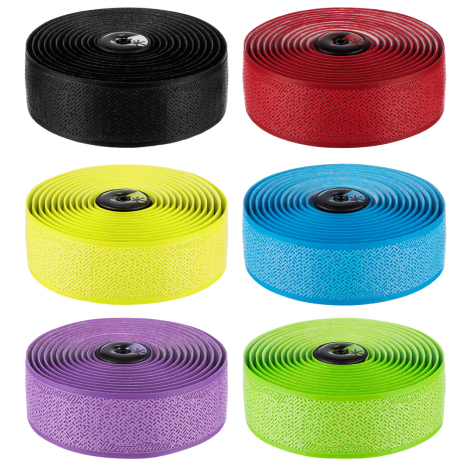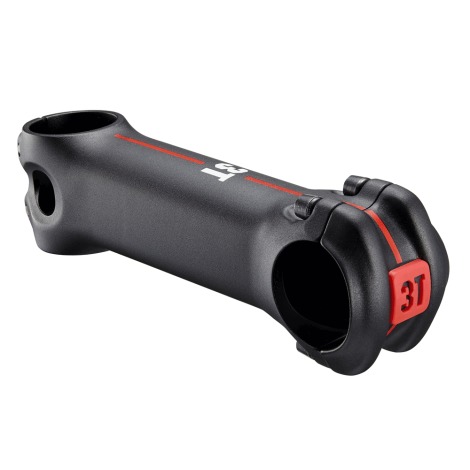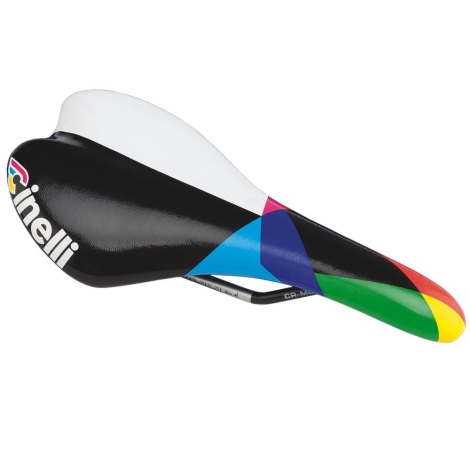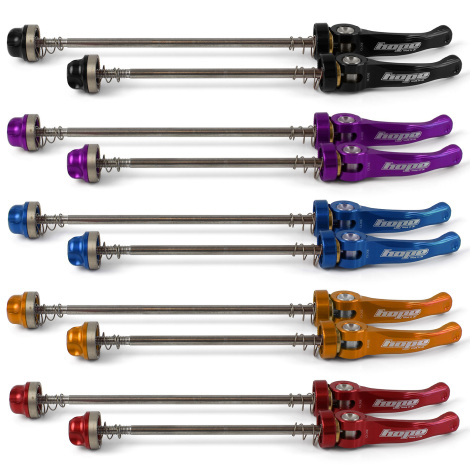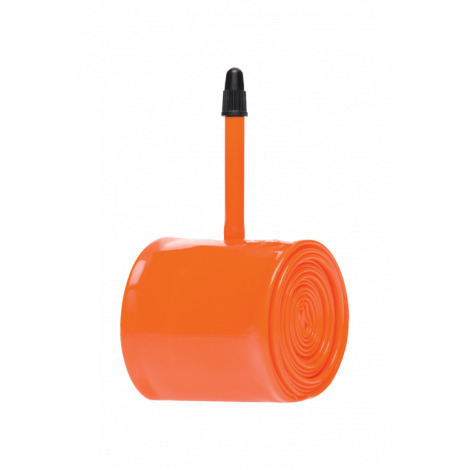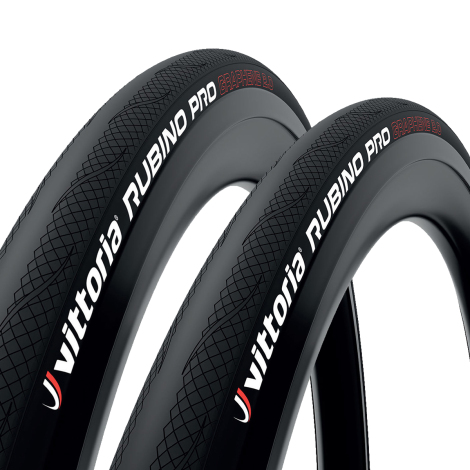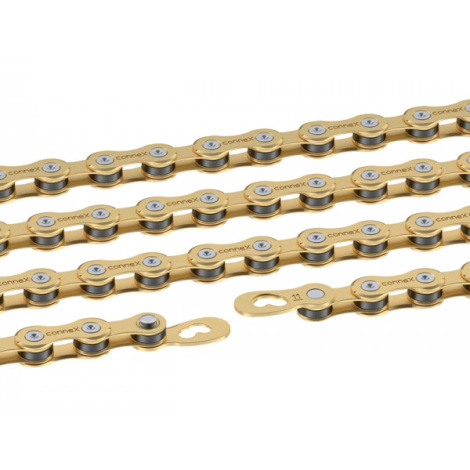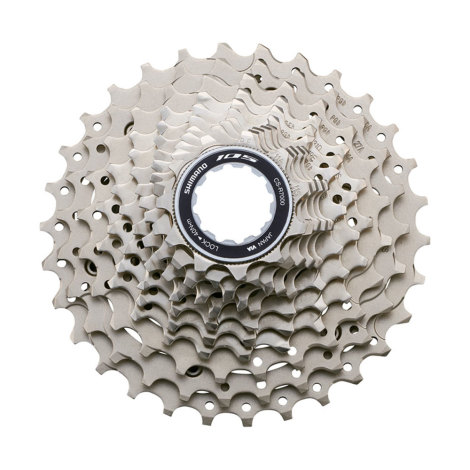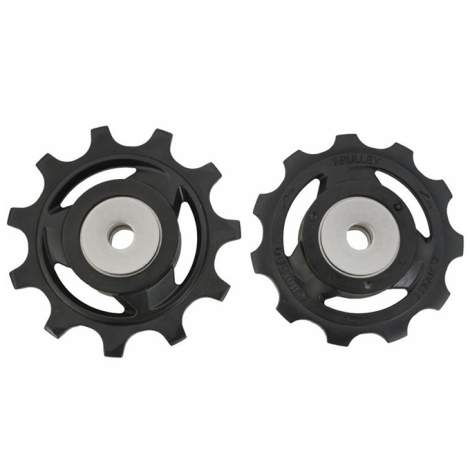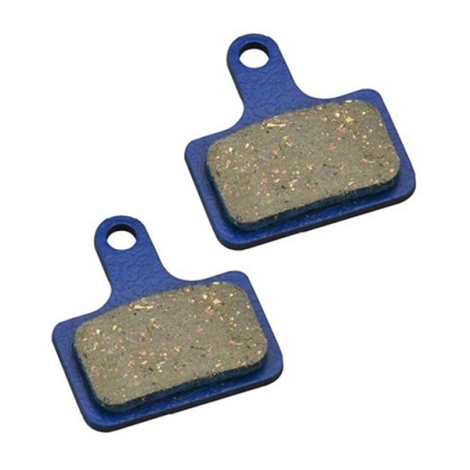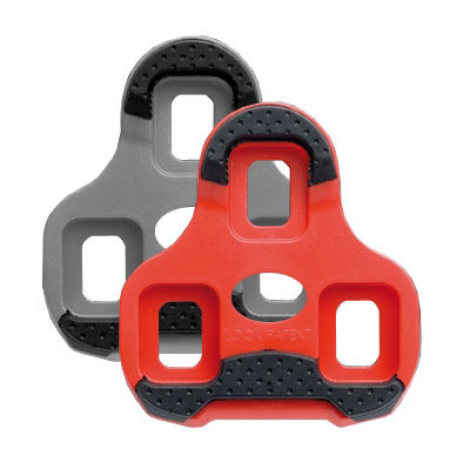With the cost of everything seemingly on an ever upward spiral, here are 10 of the best upgrades for your road bike to reinvigorate your ride – under £50. Upgrades are split into two categories – ‘Bring the Bling’ and ‘Stuff that Wears Out’ ;
Bring the Bling!
Bar Tape is the best upgrade for the money. It adds fresh cushioning – reducing vibration felt through hands, protects those handlebars (when your parked bike topples over), provides grip and comfort. Bar tape is also the biggest ‘blank canvas’ to add some individuality to your ride. You can go low-key and subtle to blend in with your bike’s colour scheme or go for something hi-visability… choices, choices…
Stems do a seemingly basic job – they just hold handlebars, right? However, the length, rise and materials they are made with, all play a role in how the stem feels on your ride. Swapping a stem can gain comfort and lose weight on your bike. Like handlebar tape, stems get a lot of our gaze as we ride down the road, you look at it a lot, so replacing an old scratched up one can almost trick you into thinking you’re on a new bike!
Saddles are the main contact point which supports most of your body weight, so getting the right saddle is important for comfort and ultimately our enjoyment. We all have slightly different sit bones and position ourselves on the bike differently, so your ride buddy’s saddle, which they swear is super-comfy, might not necessarily be suitable for you.
Skewers are found on non thru-axle bikes and do the serious job of securley holding the wheel in place. Invented by Tullio Campagnolo in 1927 after he couldn’t remove a wheel with wing-nuts when his hands were numb with cold. Skewers can seem a bit serious and kind of dull. However, they need not be dull, skewers are available in a wide range of colours to suit your bike, they are also a good place to reduce weight of your bike.
Inner tubes are kind of the opposite to handlebar tape. While handlebar tape is always there, right in front of you, with good luck and decent tyres, you virtually never see your bike’s inner tubes. This doesn’t mean they are immune to the lure of an upgrade. The latest lightweight inner tubes can save a large amount of rotational weight from your wheels. Tubolito tubes save 70 grams per wheel on road wheels, up to 100 grams on wider CX and Gravel set-ups. They are also more resistant to punctures and pack up much smaller, important for a spare tube.
Stuff that wears out…
Tyres get less resistant to punctures as they get worn, they can also get less grippy and pick up cuts and little slices which can get worse through regular ongoing use. Worn tyres need replacing to avoid punctures and more importantly for your safety. Tyres can also transform how a bike feels on the road – many entry level bikes are supplied with cheaper tyres which can restrict the performance of some bikes.
Chains wear out. How long they last, depends on where and how they are ridden and how much they are looked after. Cleaning, degreasing and re-applying lubrication to the chain will maximise its life. However, even well looked after chains get worn through regular use. A well looked after chain and cassette should wear approximately two chains for each cassette, with each chain lasting several thousand miles. So can the humble, hard-working chain ever be bling? Yes they can! Gold chains are not just for rappers you know…
Cassettes, like chains, do the hard and dirty work on the bike. They get all the road filth in winter and dust in summer and are just expected to keep going, converting the power from the chain to the rear wheel. Also like chains, no matter how much you look after the cassette, it will get worn and need replacing eventually. If you ride using each of the cassette sprockets and keep the transmission clean, cassettes will last longer. However, if you neglect them and tend to ride in just a couple of sprockets, they will wear out more quickly
Jockey wheels are the little wheels which guide the chain through the rear derailleur. These wheels can spin at over 400 rpm, they also come into direct contact with the chain, collecting any dirt and grime from the chain. As you can probably guess, just as with chains and cassettes, keeping jockey wheels clean is the best way to prolong their life. Worn jockey wheels can lead to inaccurate gear changes and a slightly noisier transmission.
Brake Pads (Disc brakes) or blocks (Rim brakes) are another unavoidable service item which will just wear away with normal use. How long they last can depend on where you live, somewhere very hilly will wear out them out much quicker than someone living in flatlands. Avoid getting any oils or degreaser on the surface of the pads / blocks or rotors / rims – this will reduce the effectiveness of your bike’s braking. Checking for grit / metal / glass lodged in the pad or brake block can also save the rotor or rim getting damaged.
Cleats (or shoe plates) wear out through regular use. The contact point between you and the bike, cleats transmit all the power. The sustained pressure on the relatively small contact point eventually leads to wear. As with most things bike related, keeping cleats clean can help prolong their life a little – but they will wear out. Worn cleats can result in squeaky noises or just a feeling of more play or a looser connection between you and the bike. Always replace cleats before they get too worn as they can gradually effect how you pedal and could lead to injury.

